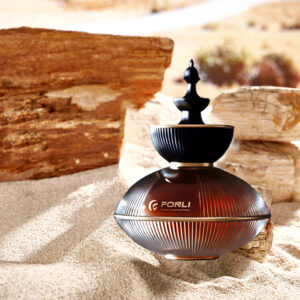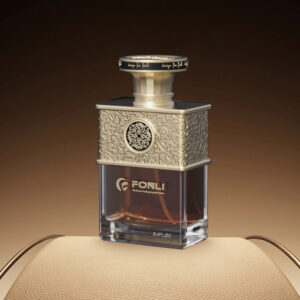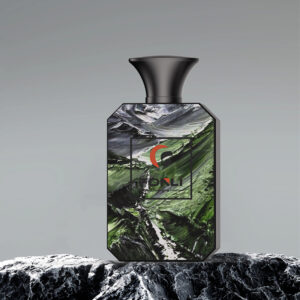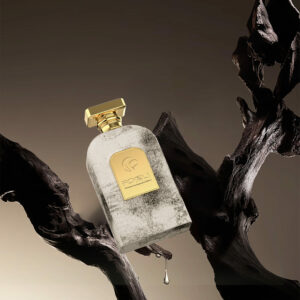When it comes to perfumes, the distinction between female and male fragrances can often seem blurred. Perfumes have a rich history and a complex chemistry, and gender lines in fragrances have evolved significantly over the years. This article post explores three essential aspects to understand about female and male perfumes: their historical context, the typical ingredients used, and the current trends toward unisex and gender-neutral options. And then, introduce a leading perfume bottle manufacturers in the market, Fonli.
 Historical Context of Gender and Perfumes
Historical Context of Gender and Perfumes
The Early Days
Historically, the use of fragrances contained in customized perfume bottles was not strictly divided along gender lines. In ancient civilizations like Egypt and Rome, perfumes were used by everyone for rituals, personal grooming, and health purposes regardless of gender. It wasn’t until the late 19th and early 20th centuries that perfumes began to be marketed distinctly towards men and women, influenced by societal norms and commercial strategies.
Modern Marketing
The 20th century saw a boom in advertising that solidified certain scents as “feminine” and others as “masculine.” Floral and sweet notes were often marketed to women, while men were targeted with bold, woody, or spicy scents. This division was more about marketing strategies than any real differences in preference or suitability.
 Typical Ingredients and Their Associations
Typical Ingredients and Their Associations
Female Perfume Ingredients
– Floral Notes: Jasmine, rose, lily, and gardenia.
– Sweet Additions: Vanilla, berries, and exotic fruits.
– Light Musk and Powdery Notes: Often used to add depth and subtleness.
These ingredients are traditionally associated with femininity in Western cultures, often because they are linked to notions of delicateness and sweetness.
Male Perfume Ingredients
– Woody Notes: Sandalwood, cedar, and vetiver.
– Spicy Elements: Black pepper, cloves, and cinnamon.
– Citrus and Herbal Blends: Bergamot, lemon, and sage.
These scents are typically associated with masculinity, thought to evoke a sense of strength and robustness.
 Trends Toward Unisex and Gender-Neutral Fragrances
Trends Toward Unisex and Gender-Neutral Fragrances
Breaking Boundaries
In recent years, there has been a significant shift towards unisex perfumes and a blurring of the lines between traditionally “female” and “male” scents. This trend is part of a broader cultural move toward rejecting strict gender binaries and embracing a more inclusive approach to identity.
Popular Unisex Ingredients
– Earthy Notes: Patchouli, amber, and oakmoss.
– Fresh Aquatics and Greens: Sea spray, green leaves, and cucumber.
– Complex Orientals: Incense, spices, and resinous notes.
These ingredients appeal broadly and are not confined to any gender, offering a sophisticated and often more personalized fragrance experience.
 Introduce Fonli
Introduce Fonli
At Fonli, we are acutely aware of our environmental responsibilities when delivering the best customized perfume bottles for containing male or female perfume. We prioritize sustainable materials and production processes to minimize our ecological footprint. Here’s how we ensure sustainability without compromising on the quality or aesthetic appeal of our products:
Eco-Friendly Materials: We use recycled glass and biodegradable plastics wherever possible, reducing waste and environmental impact.
Sustainable Production Processes: Our manufacturing processes are designed to be energy-efficient and minimize waste, further reducing the environmental impact of our operations.
Recyclable Packaging: All Fonli products are packaged in materials that are fully recyclable, promoting a circular economy.
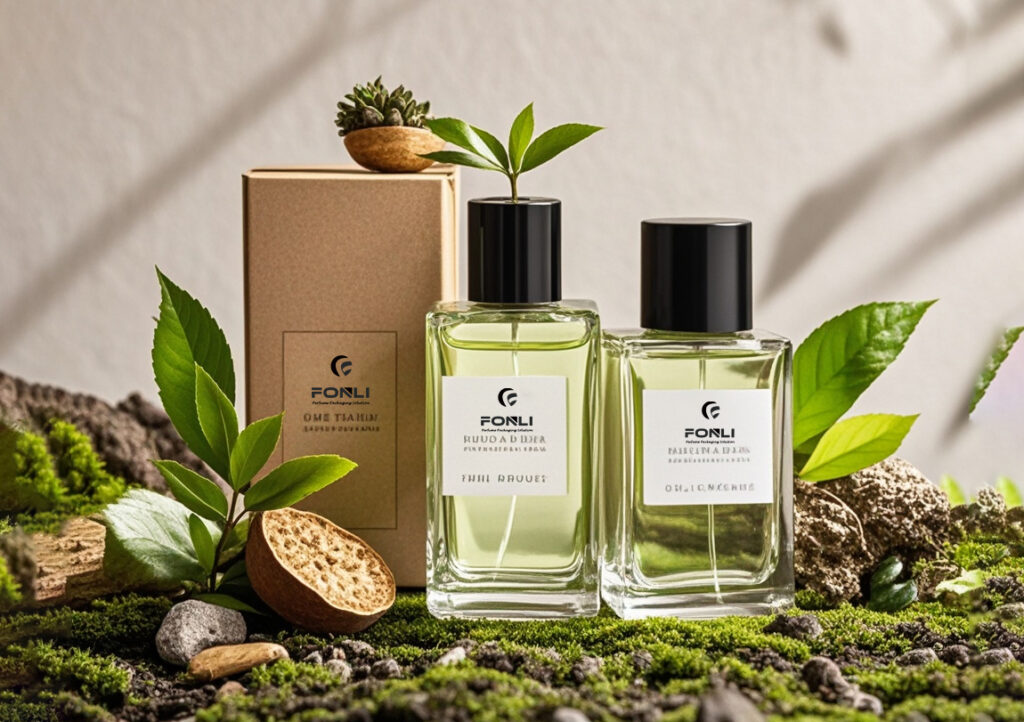 Conclusion
Conclusion
The world of perfumes is rich and varied, with something for everyone regardless of gender. Understanding the historical context, typical ingredients, and the shift toward unisex fragrances can enhance your appreciation of perfume and help you choose a fragrance that truly resonates with your personal style and identity. Whether you gravitate towards floral, woody, spicy, or fresh notes, the perfect perfume should align with your scent preferences, not just your gender.



